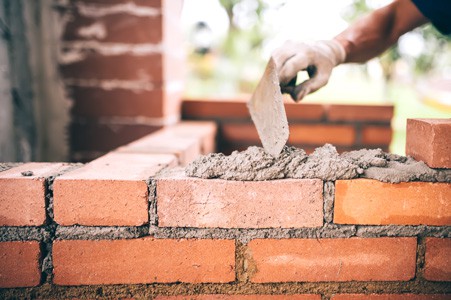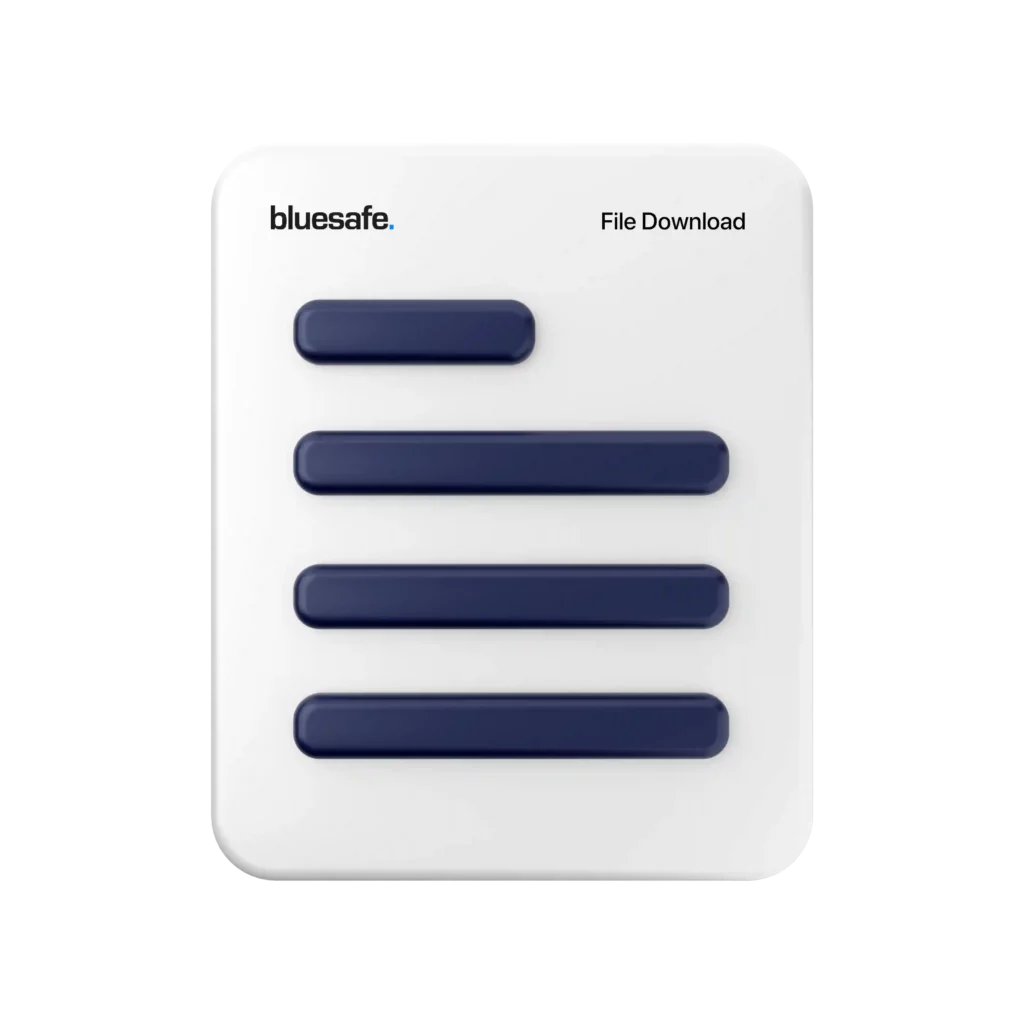Gary’s Safety Tips
Hey there, it’s your safety guy Gary here, and today we’re talking about Safe Work Method Statements in New South Wales. Now, before you roll your eyes and click away, I want you to understand just how important these statements are for anyone who works in the construction industry.
First things first, let’s break down what a Safe Work Method Statement (SWMS) actually is. It’s a written document that outlines the high-risk construction work being undertaken, and the steps that will be taken to ensure the work is carried out safely. In other words, it’s a roadmap to ensure that you and your team are not putting yourselves or anyone else in danger.
Now, I know what you’re thinking, “Gary, I’ve been in the industry for years, I know what I’m doing, I don’t need a piece of paper to tell me how to do my job.” And hey, I get it, you’re a pro. But here’s the thing, accidents happen. And when they do, you need to be able to prove that you’ve taken every possible step to ensure the safety of yourself and your team.
That’s where the SWMS comes in. It’s not just a piece of paper, it’s a legal requirement under the Work Health and Safety (WHS) Regulation 2017 in New South Wales. That means if you’re caught without one, you’re looking at some serious fines and legal repercussions.
But let’s look past the legal requirements for a moment and focus on the practical benefits of having a SWMS. For starters, it forces you to think about the risks involved in the work you’re undertaking. This means you can identify any potential hazards and take steps to mitigate them before anyone gets hurt.
It also ensures that everyone on your team is on the same page when it comes to safety. By having a clear and concise plan in place, you can make sure that everyone knows what they need to do to keep themselves and their colleagues safe.
But creating a SWMS isn’t just about ticking a box and getting on with the job. You need to make sure that the document you produce is tailored to the specific work you’re undertaking. That means taking into account things like the location of the work, the materials being used, and the equipment required.
It’s also important to remember that a SWMS isn’t a one-time thing. It needs to be reviewed and updated regularly to ensure that it remains relevant and effective. If you’re taking on a new job or working in a different location, you’ll need to create a new SWMS that takes into account any new risks or hazards.
So, what should you include in your SWMS? The first thing you need to do is identify the high-risk construction work that you’ll be undertaking. This could include things like working at heights, using power tools, or handling hazardous substances.
Once you’ve identified the high-risk work, you need to think about the hazards that are associated with each task. This could include things like falling from height, electrocution, or chemical exposure.
Next, you need to think about the control measures you’ll put in place to mitigate these risks. This could include things like using harnesses when working at heights, wearing protective equipment like gloves and masks, or ensuring that only trained personnel are allowed to handle hazardous substances.
It’s also important to include emergency procedures in your SWMS. This means outlining what to do in the event of an accident or emergency. This could include things like first aid procedures, evacuation plans, and emergency contact details.
Finally, you need to make sure that everyone who will be working on the job is aware of the SWMS and understands their role in keeping themselves and their colleagues safe. This means providing training and making sure that everyone has a copy of the document.
![]()






